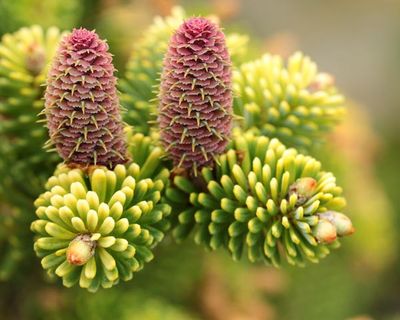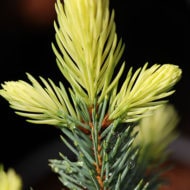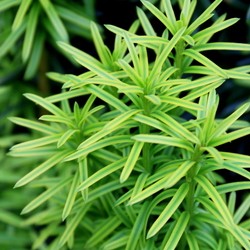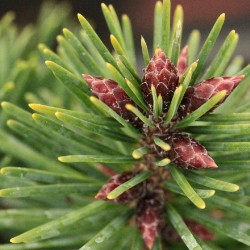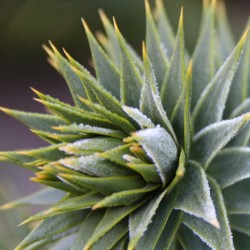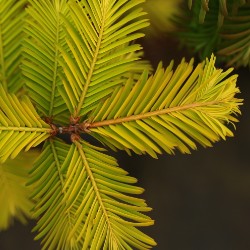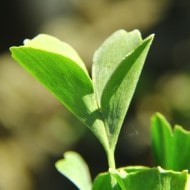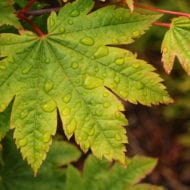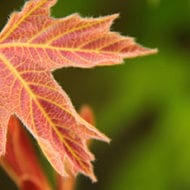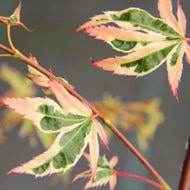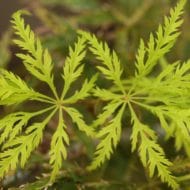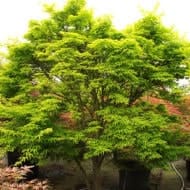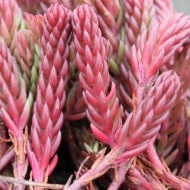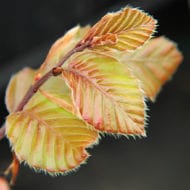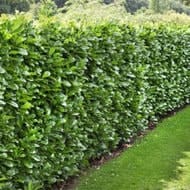Sciadopitys - Japanese Umbrella Pines
Sciadopitys verticillata, or Japanese Umbrella Pine, is a highly unusual and charming conifer that is native to Japan. It is a living fossil that has been in existence for over 230 million years.
When the continents were joined, Japanese Umbrella Pine’s native range was from Asia and Europe to North America, but now its range is limited to three Japanese islands. It is a venerated tree in Japan but has been over-harvested for shipbuilding so that the native stands are now considered in the “near threatened” status. Fortunately, a number of enchanting Sciadopitys cultivars have been developed of different shapes, sizes, and colors, and it is a much sought-after exotic conifer that has been planted in public gardens, arboreta, campuses, and cemeteries in Europe and the United States. It is called a pine, but it is the only species in its own family — Sciadopityaceae.
SCIADOPITYS ATTRIBUTES
In its native habitat, the Umbrella Pine can grow to 90’, but in cultivation it rarely grows taller than 50’ high. Since it grows very slowly, it takes about 100 years for it to reach maturity. It is called Umbrella Pine because whorls of 20 to 30 flattened, 2” to 5” long, dark green needles circle the ends of the stems that look like ribs of an umbrella. Two to four inch long, upright cones sit at the ends of the branches that shed their seeds in a little under two years. When Umbrella Pine is young, the branches stick out stiffly, giving it a dense, oval shape. But as it matures, the branches hang down and the tree becomes softly pyramidal, half as wide as it is tall. Sciadopitys needs full sun, although golden varieties may need some afternoon shade to protect them from leaf scorch, and they prefer deep, rich, moist soil.
SELECTING THE RIGHT SCIADOPITYS
Japanese Umbrella Pines grow best in USDA hardiness zones 4 through 8 or 9, depending on the variety. Choose a sunny spot where your Umbrella Pine can show off. Since they grow so slowly, a dwarf is perfect in a rock garden or urban garden, and a taller variety should be given a place of honor as a specimen tree in the landscape. If you’re unsure which Sciadopitys is right for your garden, let us know and our experts can help you decide.
Showing all 2 results


